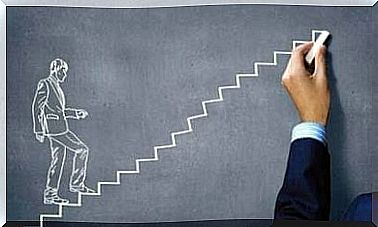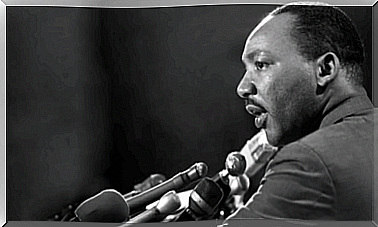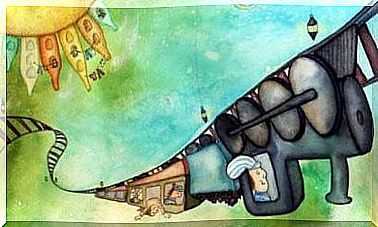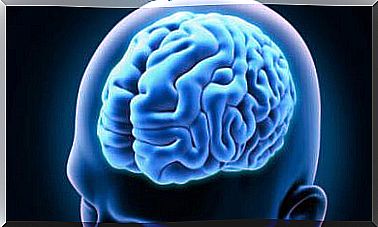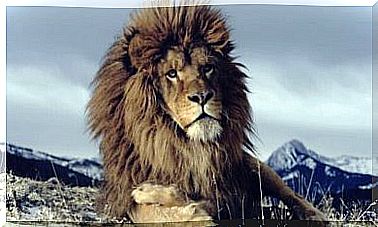What Politicians Tell Us With Their Non-verbal Language
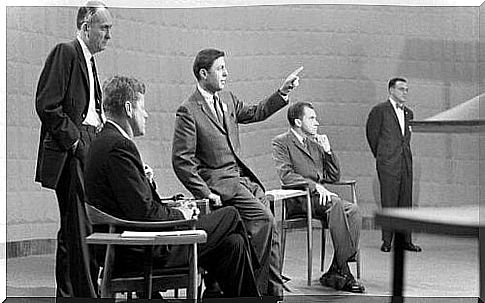
Many of the politicians use a particular verbal language and communicate with their supporters mainly through this “code”. As for mass communication, in many cases the gestures have a stronger impact than the words themselves (the content of the speech).
Many people do not listen carefully to the speech of politicians, more than anything else they capture the gist of the speech and, basically, receive synthesized messages. The impact of the image of a politician, on the other hand, turns out to be very important for the communicators of each party. The way in which a politician is dressed, his tone of voice, his expression and his mimicry cause a certain feeling in those who observe him.
Politics is increasingly an area that mixes with the show. In many countries, televised debates have become crucial during the elections. The communication that politicians implement through these means has probably never had such a high impact in terms of votes. On the other hand, most citizens rely on traditions, but also on feelings, to participate politically in society.
The researchers managed to find six common gestures among politicians and with which they manage to secure the sympathy of the masses. We also find these attitudes in other types of leaders, such as corporate leaders, directors or influential TV personalities. Other gestures have also been identified that reveal hidden messages. Let’s see them below.
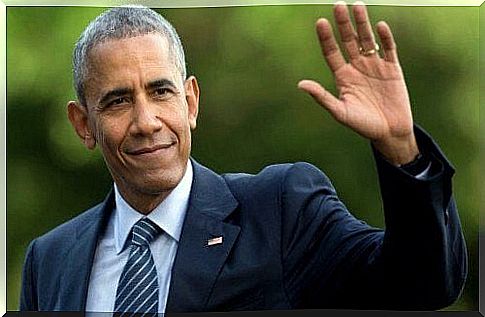
The 7 effective gestures of politicians
People unconsciously, give it a connotation of power to the people taking certain actions. This certainly also applies to political leaders. Some flaunt them naturally; others have to go through a lot of tests before they can. These gestures consist of the non-verbal elements set out below:
- They do not contract their foreheads. A relaxed forehead is a sign of control over the situation. Inspire trust and confidence. The reverse indicates tension and distress.
- They look into the eyes or into the camera, which is the same in television language. People believe more in the interlocutors who look them in the face.
- Quiet and steady breathing. It is a sign of self-control and conviction of one’s words. It involves talking without fussing up and not running out of breath. Communicates “cool head” or intelligence.
- Hands and fingers without tension. Unlike what many may think, clenched fists, pointing fingers and all such gestures convey distrust. Relaxed hands, on the other hand, communicate closeness and warmth.
- Legs and feet firm. It conveys firmness, confidence and frankness.
- Don’t touch your face. People interpret the gesture of touching their face while speaking in front of an audience as a sign of confusion or as an indicator of a lie.
- A moderate and fair greeting. Leaders who inspire trust in people greet everyone kindly, without distinction. If they are in front of a large number of people, they look in all directions as they say hello.
What people really expect is that politicians are protective and reliable friends. The same is true for company directors or for any person who exercises a position of leadership or power.
Other revealing gestures
Politicians and leaders always make a visual impact with their presence. It is their first act of communication with followers. In this visual impact there are four areas that exert a great influence: facial expression, body language, clothing and personal care. All these elements correspond to non-verbal language and generate “an impression”, or a certain perception.
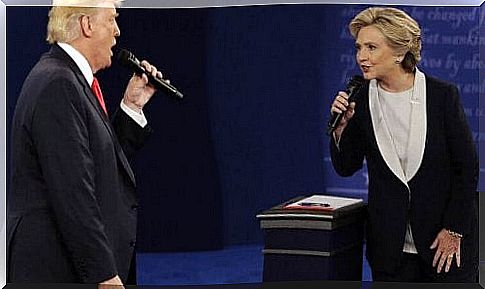
A political debate can lose its effectiveness following some elements of non-verbal language. Some are:
- Excessive blinking. Neurologically it indicates that the person is looking in their mind for a way out because they feel trapped. It is a common gesture among politicians when they have to deal with an issue that does not make them feel comfortable.
- Tension of the jaw muscles. It manifests itself as a difficulty in articulating certain sounds or as an excessive stiffness in the lower area of the face. It is a gesture associated with people who are afraid of finding out what they are thinking or how they feel about a topic.
- Hold your breath for a second. It is a gesture that “betrays” insincere politicians. It represents a conflict between what you think and what you say. Poker players always pay close attention to this attitude in order to guess each other’s hand.
Politicians increasingly exploit the psychology of the masses to exert their influence on their constituents. It is an imperceptible weapon, but very effective. Non-verbal language is sometimes used as a communication tool, at others as a manipulative factor. If we know how to interpret the mimicry of leaders, we will be able to control the influence they can exert on us.

